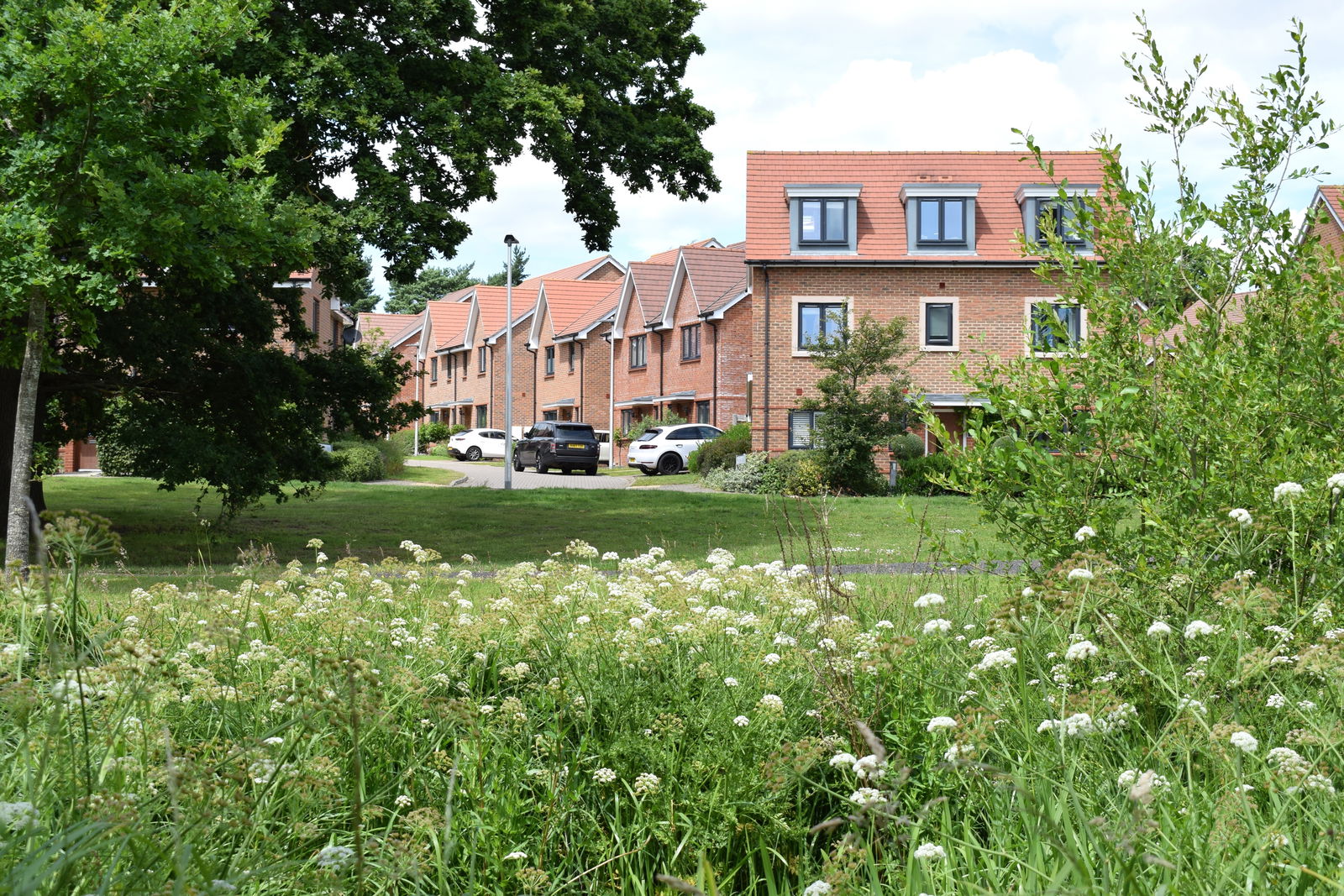
Blog
Are Developers Doing Enough to Protect Trees?
13 October 2025
When you walk around a new housing development, it’s often the green bits that make the biggest impression. A few established trees can soften a row of new builds, give welcome shade in the summer and make the whole place feel more settled and lived-in.
But if you’ve ever wondered whether those trees will really last, or if they’re just there to tick a planning box, you’re not alone.
In a recent survey of house buyers [ensure this is back linked to the landing page], many people said they cared about protecting trees. But just as many weren’t convinced developers were doing it properly. So, what should you be looking for? And how can you tell whether trees are actually being protected, or just left to fend for themselves? A tree is only as healthy as its rootsOne of the biggest misconceptions is that as long as a tree is still standing, it’s fine. But in reality, most of a tree’s life-support system is underground. Roots need space to grow, water to drink, and air to breathe. Heavy vehicles, digging, compacted soil and poor drainage can all cause long-term harm, even if they don’t show straight away. A damaged tree might survive for a few years, but eventually decline, lose limbs, or become a safety risk. Top blogs
Root protection: it’s not just about fencingOn some sites, you’ll see fencing around the base of trees. That’s a good start; it keeps machinery away from the trunk. But it’s not enough on its own. Proper root protection during construction involves reinforcing the ground above the roots without smothering or squashing them. That’s where products like ProtectaWeb® and nonwoven geotextiles come in. These create a reinforced layer that spreads vehicle loads and maintains airflow and drainage so the tree can keep growing while work carries on above. We supply these systems to help developers do the right thing without slowing down the build. 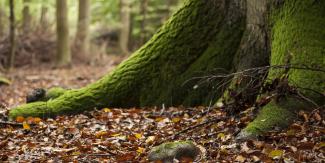
Why it matters to buyersFor buyers, mature trees aren’t just a nice extra. They signal long-term thinking, create a sense of place, and offer practical benefits, like shade in summer, improved air quality, and reduced surface water during heavy rain. For developers, this is a chance to add visible, lasting value. Protecting trees on site can help meet sustainability goals, support planning approval, and enhance the overall appeal of the development. It shows care and consideration, qualities buyers increasingly look for. When trees are damaged during construction, it’s not just a missed opportunity; it’s something that can affect buyer confidence and the wider character of the neighbourhood. Final ThoughtsProtecting trees properly during development isn’t complicated. With the right systems in place, it’s possible to build homes and keep mature trees healthy simultaneously. We’re working to make that standard practice, not just best practice. Because in a world where green space is more valuable than ever, tree protection shouldn’t be an afterthought. It should be built from the ground up. Related content
The Root Cause: Download the survey results Discover what over 2,000 UK homebuyers really think about trees and greenery near their homes. 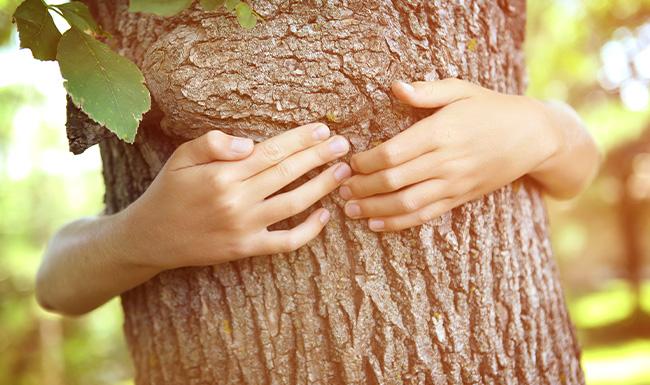
The Root Cause There are so many ways that trees play a vital role in our lives - from boosting our health and wellbeing to reducing noise pollution and cleaning our air. 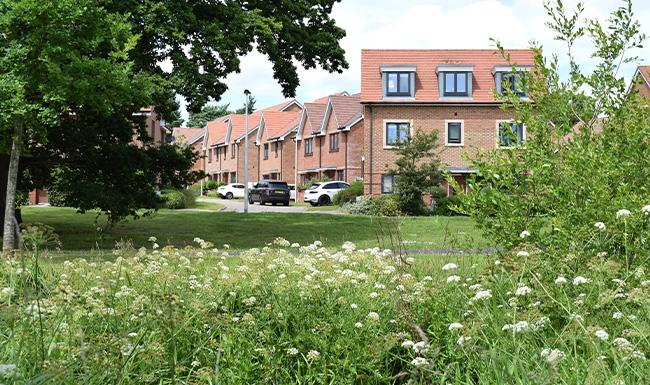
Tree root protection Avoid a concrete jungle by including flexible rooting volume and growing trees in your urban developments. 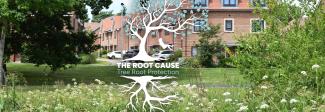
The Root CauseThrough The Root Cause, we want to start a conversation across the industry about the hidden but critical role of tree root protection. By highlighting buyer expectations alongside practical solutions, our aim is to support new build developers in creating schemes that deliver for both people and the planet. ProtectaWeb is just one part of this, but it is a vital tool for ensuring that the trees which give character, beauty and biodiversity to our communities are safeguarded for generations to come. |








